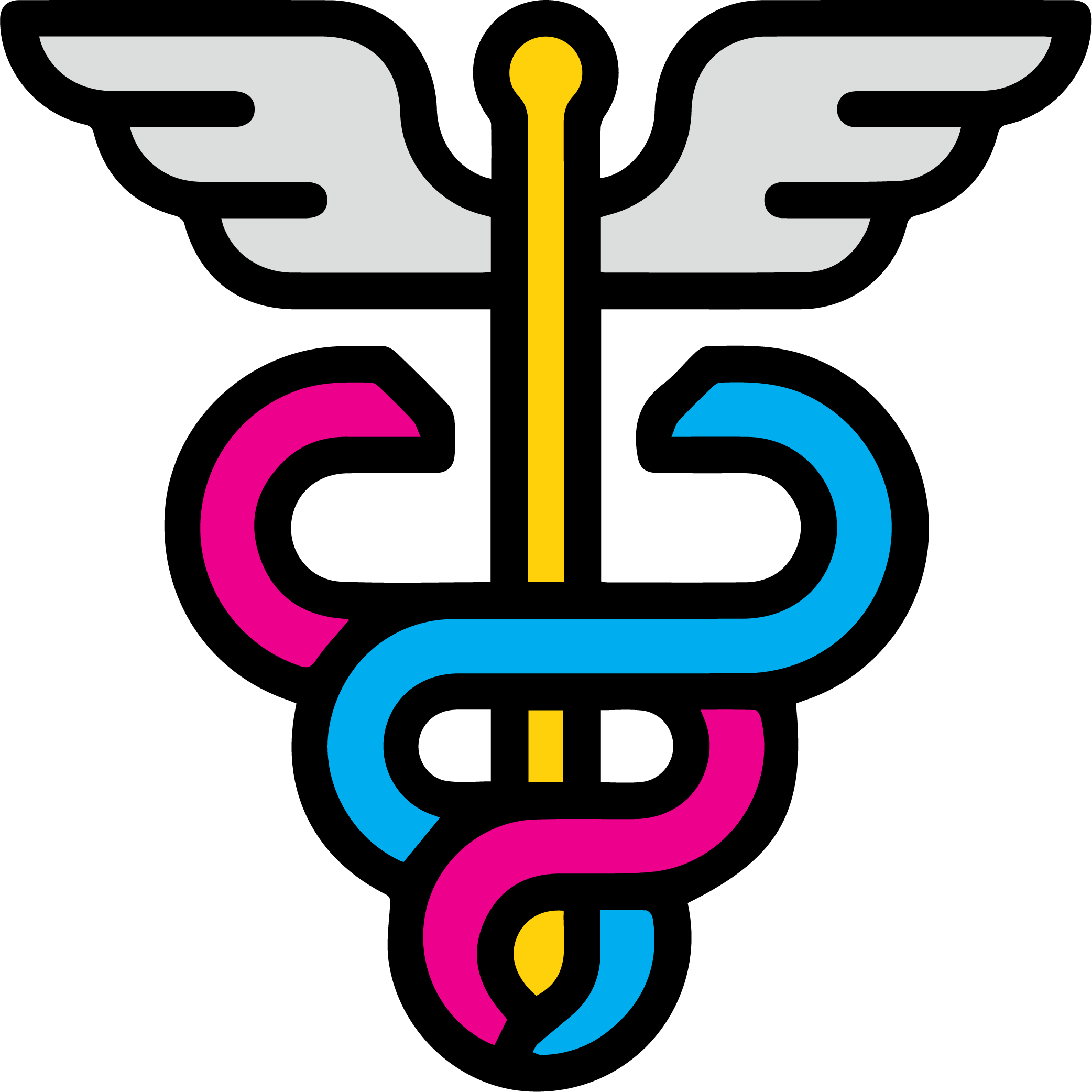Updated: August 29, 2025
How do total printing costs affect your business?
For most companies, the cost of printing is probably estimated to be around the cost of the paper that’s used — but that approach leaves you with a surprisingly incomplete picture. And there's a good reason for wanting to be able to carefully track your printing costs since they can add up to 15%-20%+ in controllable expenses. The good news is that once you know what you’re looking for, it’s relatively easy to calculate your printing costs, including your average cost of printing per page.
Once you have a clear picture of your costs, the next step is to get them under control. It’s not just about finding the cheapest printers, ink, and paper. Like many operational challenges, the solution is about having the right people, processes, and technology in place for your organizational needs. We’ll review some of our tested strategies for ensuring cost-effective printing at your business.
What goes into printing costs?
Many people initially think of calculating printing costs as a CapEx question. However, once the printer is bought, the costs don’t stop.
The costs of ink and paper in their math might be an afterthought but add up all the same. Even if they’re considered, the actual amount is not so cut and dry, even for the hard costs. For many businesses, it makes more sense to lease printing equipment or work with a vendor, leading to half the picture of recurring monthly costs. If this is how you operate, your accounting department should be able to get you a breakdown of these ongoing costs, giving you a piece of the puzzle around total print costing.
In addition to these costs, other expenses go into printing and, as we mentioned in the introduction, they can add up. Consider any software needed to print, maintenance costs, the impacts of downtime due to unexpected issues, plus the total cost of printing supplies. Most companies don’t track those costs or have any boundaries around them, leaving printing budgets to slowly get out of hand over time.
People may print more than is actually required, or reprint unnecessarily. Additionally, offices may opt for cheaper supplies but end up damaging machines, or end up with poor printing results and need to print more total pages to accommodate.
To determine ink costs for printers, consider the page yield per cartridge (usually found on the manufacturer's website or cartridge box), the cost of each cartridge (ranging from $5 to $100), and the cost of paper (typically around 2 cents per sheet). Calculate the cost per page (CPP) by dividing the cartridge price by the page yield and adding the paper cost. Keep in mind that page yield is based on 5% coverage, so heavy text or image use will increase costs. Premium paper will also affect the overall expense.
While this and even accounting for costs around things like staples can give you a better picture, there are hidden factors that go into printing as well.
Understanding and controlling the hidden costs of printing
The true cost of printing extends far beyond the obvious expenses of supplies and equipment. Many businesses fail to recognize the hidden costs that can significantly impact their budget. These less visible expenses include the time and resources spent on creating and managing printing processes, policies, and workflows. This becomes even more challenging and costly when there's a lack of standardization across the printer fleet, requiring varied procedures for different devices.
Employee productivity is another major hidden cost. Time spent on printing-related tasks, such as waiting for print jobs, organizing and distributing documents, and dealing with printer issues, diverts attention from more valuable work. Additionally, the IT department often faces an increased workload answering printer-related questions and troubleshooting problems, especially when managing a diverse range of printers.
How to reduce printing costs in your business
Even understanding your printing costs is an impactful first step to lowering costs, but to have a significant impact you have to go further. To control the hidden costs, businesses should consider implementing several strategies.
- Printer standardization in your organization can save you time and money on things like supplies, but also maintenance, training, time spent on troubleshooting, and more.
- Centralizing the procurement of printing supplies can lead to better deals and more efficient tracking, and make it easier to have visibility into this murky area.
- Setting company-wide printing policies and workflows can help standardize your team's use, making it more efficient and predictable. Policies can stop printing from being something done on autopilot and invite employees to consider the purpose of the printing. For example, if the document can be double-sided, whether or not it really needs to be printed in color, etc.
- Adopting print management software can help monitor and control usage across departments, reducing waste and unnecessary expenses.
- Promoting the use of digital documents and online collaboration tools can minimize the need for physical printing and improve productivity.
- Investing in cloud-based document management systems can reduce reliance on physical storage and facilitate easier document access.
By addressing these hidden costs and implementing effective solutions, businesses can significantly improve their printing efficiency and reduce overall expenses.
Get visibility into your printing costs with UBEO
At UBEO, we understand that money saved on printing costs can be used to help you grow other parts of your business, and we’re committed to arming our customers with unparalleled visibility into their printing costs. Our business technology assessment can help you dig into the details of your printing costs and find out where optimizations can be made to save budget while improving overall efficiency.
Jamie Bolick
I am proud to work at Ubeo and be part of the Business Technology and Print world for over 20 years. In my time in this ever-evolving customer-centric company, I have developed from a Customer Service Representative through growth and development of the Business Technology Assessment (BTA) process to the National...


